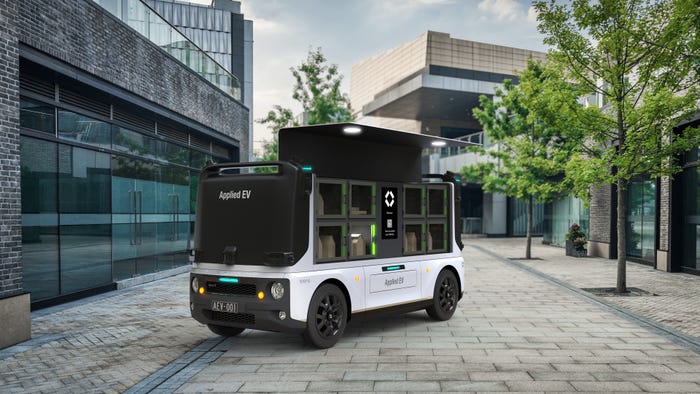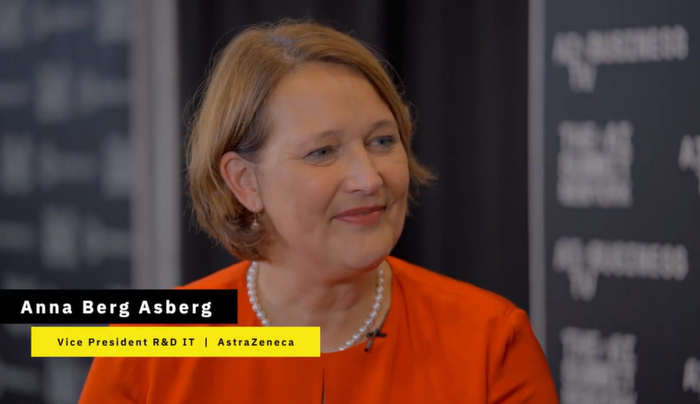Yes, Touchscreens Are on Their Deathbed
Where we are going, we don’t need old-school screens.
January 19, 2017

By Damon Brown
At the iPhone announcement exactly ten years ago, the biggest concern wasn’t the battery life, the security or the candy-bar form factor. It was the keyboard – as in, “Where is it?” Tiny QWERTY Blackberries owned the business market, and wasn’t doing too bad in the mainstream market, either.
And now, time is up for the touchscreen. Here are three reasons why.
We Can Talk to Our Machines
How many times have you talked to a device today? The trend became mainstream with Apple’s Siri, though the history goes farther back to Google’s innovations and even to early speech recognition software.
Over the past year, Amazon Alexa voice service has expanded to hundreds of products beyond already popular Echo device and Google Home is becoming standard in Alphabet’s many platforms. Keep in mind that Amazon Echo just did a limited launch, yet the relatively conservative company found it popular enough to rapidly expand the Alexa technology reach.
In short, talking, and not touching, is already becoming the standard. Not the tech standard, but the mainstream standard.

We Can Wear Our Devices (comfortably)
As IoT Institute Content Director Brian Buntz recently noted, Google co-founder Sergey Brin declared touchscreens clunky and awkward as far back as 2013. I was there when he was speaking at TED and, as the rest of the public would discover, his Google Glass solution looked stranger than any odd touchscreen.
That doesn’t mean he was wrong, though. Google Glass showed real promise for non-consumer applications such as in healthcare and the company is at work on a next-gen industrial-focused version of the device. More recently, Snapchat Spectacles (pictured below) easily sold out at their New York pop-up store. Would Spectacles even exist without Google Glass? Likely not.

So yes, Brin was right, albeit a bit too early, which, as a tech leader, is part of the job.
In the past four years since Brin’s talk, young augmented reality and virtual reality companies have been gobbled up by legacy startups. The price of AR glasses has dropped from a couple thousand to a couple hundred dollars. Most important, wearable devices like the Apple Watch and the FitBit are now well within society’s comfort zone. Why touch when your device can read you and automatically give you what you need?
We Have the Internet of Things
At the recent Consumer Electronics Show, one of the biggest topics was autonomous cars. And what can the cars do aside from driving passengers from place to place? Keep riders informed through the windshield – since they don’t need to see outside anyway.
Bloomberg has a great take:
Here’s how a smart windshield may work. A driver that’s close to running out of gas would see an alert pop up that notes the fuel situation and offers to find a nearby gas station. The car’s virtual assistant will offer a choice, again on the windshield, of two options, including directions to a station where the driver is eligible for a free cup of coffee — an ad placed by the gas company that fits with the driver’s buying patterns, also known by his smart car.
Notice it isn’t a touchscreen, but a smart windshield — which is potentially a better and safer user interface for a driver. With a smart windshield, no texting is required. Assume the options are visual, but your choice is received from your audio. And the gas station knows you are coming because your car sent it a message with your distance, your fill-up needs and perhaps your credit information. If you like gas-station coffee, then it may send a message to the vendor to have your two sugars, one cream ready for when you arrive.
The ultimate death of the touchscreen will not be from wearable devices, nor from audio recognition, but from our devices talking to each other. The Internet of Things is taking touch out of the equation. The closer we get to the $19 trillion IoT market, the less you’ll have to lift a finger.
You May Also Like






